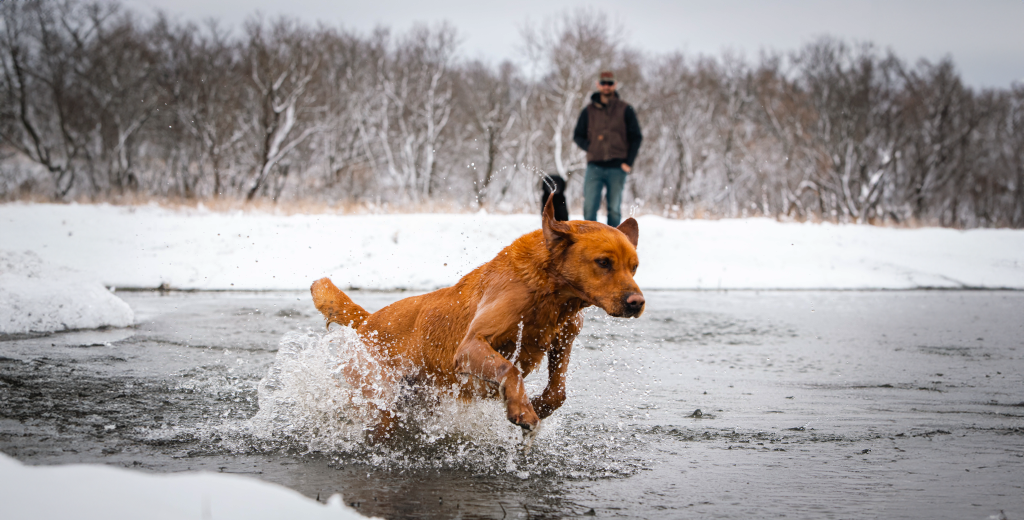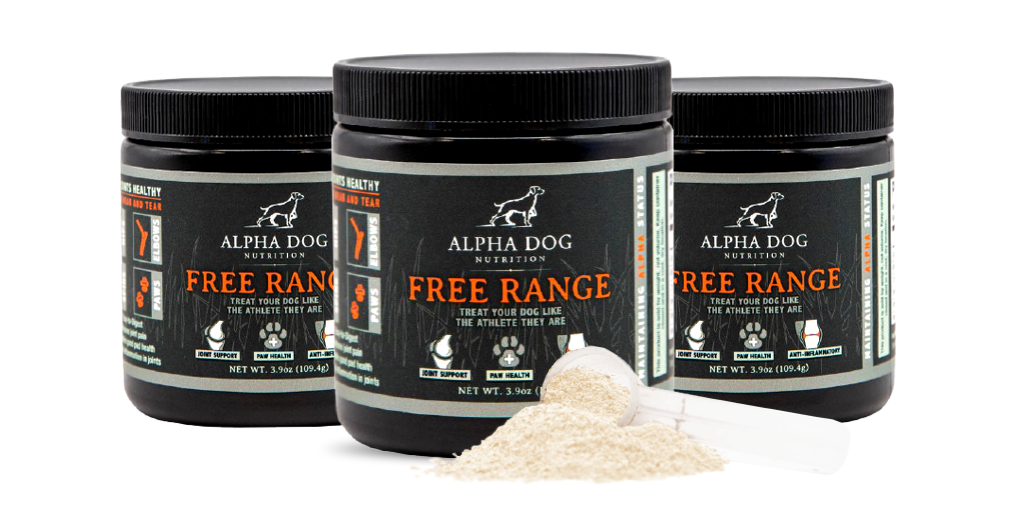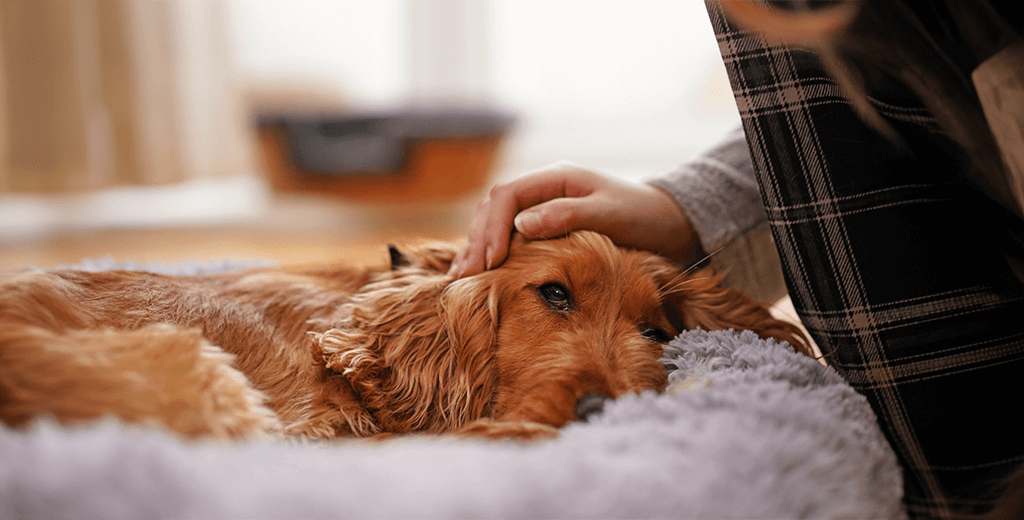Hip dysplasia is a common condition in many dogs that can lead to significant pain and mobility challenges. As a responsible pet owner, it’s essential to recognize the signs of hip dysplasia—such as difficulty getting up, reluctance to exercise, and a waddling gait—to facilitate early intervention.
The good news is that there are effective strategies to help ease the discomfort associated with this condition. In this article, we’ll explore five ways to manage your dog’s hip dysplasia and improve their quality of life. Let’s dive in!
Recognizing the Signs of Hip Dysplasia

Hip dysplasia is particularly prevalent in larger breeds, where the hip joint doesn’t fit snugly into the hip socket. This misalignment can lead to pain, arthritis, and reduced mobility. Early recognition of hip dysplasia symptoms is crucial for effective management. Common signs include difficulty rising, hesitance to walk or climb stairs, a waddling gait, and decreased activity levels.
5 Ways to Ease Your Dog’s Hip Dysplasia
- Joint Support Supplements
One of the most effective ways to manage hip dysplasia is by adding joint support supplements to your dog’s diet. Look for products that contain glucosamine, chondroitin, and MSM, which help support cartilage health and improve joint function. These supplements provide essential nutrients to maintain mobility and alleviate discomfort. - Weight Management
Keeping your dog at a healthy weight is crucial for those with hip dysplasia. Extra weight adds strain to the joints, worsening pain and discomfort. Ensure your dog has a balanced diet and monitor their calorie intake to maintain an optimal weight. Regular weigh-ins and veterinary check-ups can help keep you on track. - Low-Impact Exercise
Regular exercise is essential, but choose low-impact activities that won’t aggravate their condition. Swimming is an excellent choice, providing a full-body workout without stressing the joints. Gentle walks on soft surfaces can also help maintain muscle strength and flexibility. Aim for shorter, more frequent sessions, and watch for signs of fatigue or discomfort. - Physical Therapy
Physical therapy can be incredibly beneficial for dogs with hip dysplasia. A certified canine physical therapist can design a tailored exercise plan focused on strengthening the muscles around the hip joint, improving flexibility, and reducing pain. Techniques like hydrotherapy, massage, and targeted exercises can enhance your dog’s mobility and overall comfort. - Comfort and Mobility Aids
Providing your dog with comfort and mobility aids can significantly improve their quality of life. Consider orthopedic dog beds for better joint support and ramps or steps to help them access furniture or vehicles without jumping. Dog harnesses with support handles can also assist you in helping your dog move around more easily.
Finding the Right Solution

To provide additional support for your dog’s joint health, consider incorporating Alpha Dog Nutrition’s Free Range Joint Supplement into their routine. This high-quality supplement is formulated with glucosamine, chondroitin, and other beneficial ingredients designed to promote joint health and enhance overall well-being. It’s an excellent option for helping your dog stay comfortable and active.
By implementing these strategies and considering effective solutions like Free Range, you can help your furry friend lead a more comfortable and active life. Always consult your veterinarian to determine the best plan for your dog’s specific needs and ensure they receive the care they deserve.
Thanks for reading!



